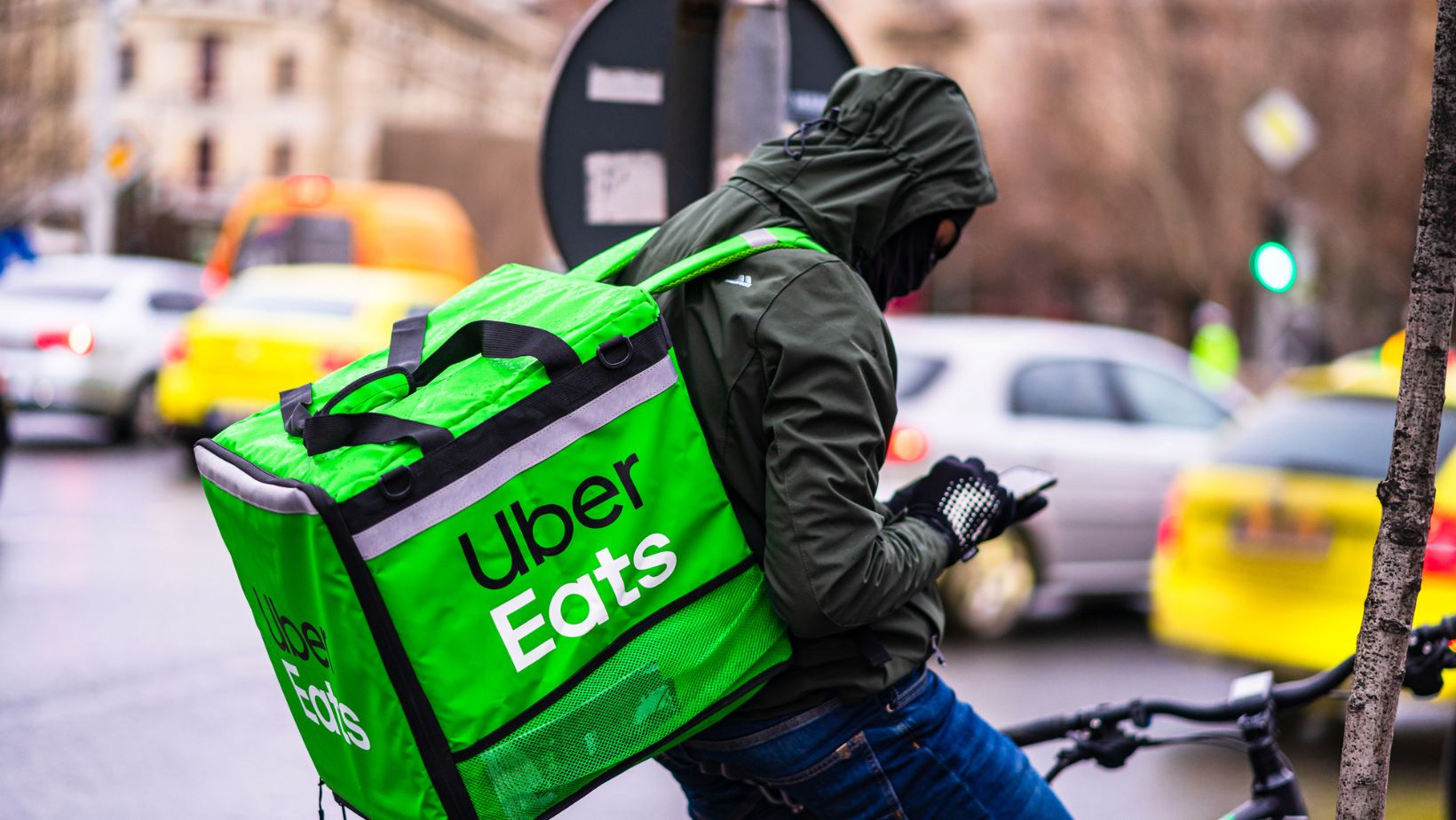Have you ever wondered how much money you could make delivering food with Uber Eats? Is it just a side hustle, or could it become a full-time income source? With the rise of food delivery services, more and more people are turning to apps like Uber Eats to earn extra cash or even replace their traditional jobs. But just how lucrative can it be?
Uber Eats drivers can make anywhere from $10 to $25 per hour, with some earning up to $1000 per week or more
According to data from Glassdoor, the average Uber Eats driver earns about $14 per hour. However, this can vary widely depending on factors such as location, time of day, and demand. In busy urban areas during peak hours, it’s not uncommon for drivers to make $20-25 per hour or more. Some top earners report making over $1000 per week by strategically choosing their delivery times and areas. “I usually make around $200-300 in a full day’s work,” says John, an Uber Eats driver in New York City. “But on really good weeks, I’ve made up to $1200 just from Uber Eats.”
The key to maximizing your Uber Eats earnings is to be strategic about when and where you deliver
Successful Uber Eats drivers know that not all delivery times and locations are created equal. Lunch and dinner rushes, especially on weekends, tend to be the most profitable. Delivering in densely populated areas with lots of restaurants also increases your chances of getting more orders and earning more money. “I always head downtown during the lunch rush,” says Sarah, an Uber Eats driver in Chicago. “That’s when I get the most orders and can make the most money in the shortest amount of time.” Other strategies include accepting multiple orders at once, minimizing downtime between deliveries, and providing excellent customer service to increase your chances of getting tips.
While Uber Eats can be a great source of income, it’s important to factor in expenses like gas, vehicle maintenance, and taxes
One thing that many prospective Uber Eats drivers overlook is the cost of doing business. As an independent contractor, you’re responsible for all of your own expenses, including gas, vehicle wear and tear, insurance, and taxes. These costs can quickly add up and eat into your earnings if you’re not careful. “I probably spend about $20-30 on gas each day I work,” says Mark, an Uber Eats driver in Los Angeles. “And I have to set aside money for taxes and car maintenance too.” Experts recommend tracking your mileage and expenses carefully and setting aside a portion of your earnings to cover these costs.
Some Uber Eats drivers are able to turn their side hustle into a full-time job, but it requires hard work and dedication
While most Uber Eats drivers use the platform as a way to earn extra money on the side, some have been able to turn it into a full-time career. However, this requires treating it like a real job and putting in the time and effort to make it profitable. “I started doing Uber Eats just to make some extra cash,” says Lisa, a former teacher who now delivers food full-time. “But I quickly realized that if I treated it like a business and really focused on maximizing my earnings, I could make a decent living.” Full-time Uber Eats drivers often work long hours and are strategic about when and where they deliver to ensure a steady income stream.
Uber Eats offers incentives and promotions that can help boost your earnings, but they’re not always consistent
To encourage drivers to hit the road, Uber Eats often offers various incentives and promotions, such as bonus pay for completing a certain number of deliveries or working during peak hours. These can be a great way to increase your earnings, but they’re not always reliable. “Sometimes there are great promotions that really make it worth my while,” says David, an Uber Eats driver in Miami. “But other times, there’s nothing extra, and I just have to rely on my regular earnings.” It’s important not to count on incentives as a guaranteed part of your income and to have a plan for making money even when they’re not available.
The earning potential of Uber Eats varies widely depending on your market, so it’s important to do your research before getting started
One of the most significant factors in how much you can make with Uber Eats is your location. In general, drivers in larger cities with higher costs of living tend to earn more than those in smaller towns or rural areas. “I used to deliver in a small suburb, and I was lucky if I made $50 in a day,” says Rachel, an Uber Eats driver who recently moved to a bigger city. “Now, in a busier market, I can easily make $100 or more in the same amount of time.” Before signing up to drive for Uber Eats, it’s a good idea to research what other drivers in your area are earning and to factor in the specific challenges and opportunities of your market.
While Uber Eats can be a flexible and lucrative way to earn money, it’s not without its challenges and drawbacks
Driving for Uber Eats can be a great way to be your own boss, set your own schedule, and earn money on your own terms. However, it’s not always easy, and there are some potential downsides to consider. “Dealing with traffic, parking, and difficult customers can be stressful,” says Tom, a veteran Uber Eats driver. “And there’s always the risk of accidents or unexpected expenses.” Additionally, the lack of benefits and the unpredictable nature of the work can make it challenging to rely on Uber Eats as a sole source of income. It’s important to weigh the pros and cons carefully and to have realistic expectations about what the job entails.
